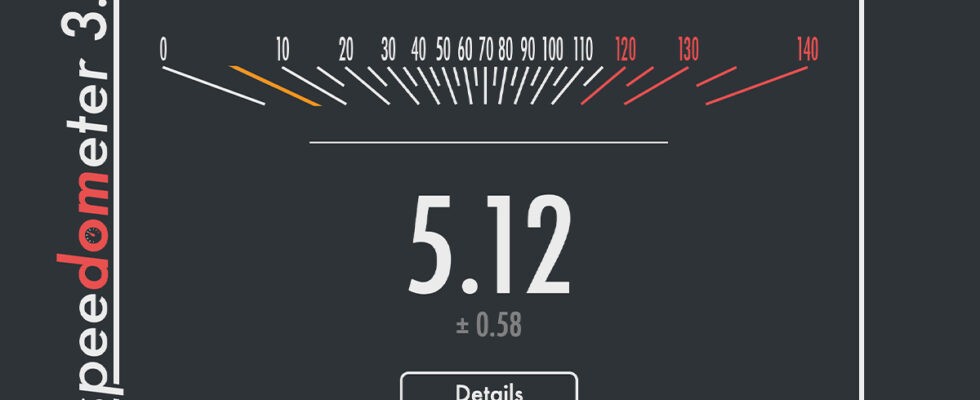In a first-of-its-kind collaborative effort, Apple, Google, Microsoft and Mozilla have jointly developed Speedometer 3.0, a new version of the browser performance benchmark, aimed at providing users with a reliable indication of which browser is the fastest, taking into account modern requirements of the Web.

THE web browsers continue to evolve, constantly introducing new features like the possibility offered by Microsoft Edge to download files directly from a smartphone. These innovations, like the multiple improvements brought by Firefox to strengthen online use and security, considerably enrich our daily browsing. However, in this context where each browser seeks to distinguish itself by unique features, choose the one that is most suitable to our needs may prove complex.
While speed remains a crucial aspect in choosing a browser, with giants like Google Chrome regularly updating their software to optimize performance, it can be difficult to discern which dominates in terms of speed. Last year, benchmarks such as Speedometer 2.0 provided a reliable basis of comparison for evaluating browser performance. Today, a year after these advances, the Speedometer 3.0 is comingpromising an even more precise evaluation adapted to modern web requirements.
How to use this tool that lets you know if your browser is the fastest
Each web user has their own habits and requirements, making the choice of web browser a very personal decision. In this context, the performance of these tools is crucial for a optimal navigation. This is where Speedometer 3.0, the result of the collaboration between Apple, Google, Microsoft and Mozilla, comes into play. He is doing diversified tests simulating common usage scenarios, such as browsing news sites or using online text editors. This benchmark aims to provide a clear vision of the real capabilities of browsers, based on criteria close to the daily use of the Web by the general public.
To reliably evaluate your browser’s performance, follow these steps:
- Browser update : make sure you use the latest stable version of your browser.
- Browser profile : if possible, use a blank browser profile. Extensions and custom settings may influence results. You can either create a new profile or temporarily disable extensions in your current profile.
- Closing programs : before starting the test, close all unnecessary programs in the background to free up system resources.
- Restarting the browser : Restart your browser to make sure it is running in a “fresh” state. Also close all other windows and tabs so that the Speedometer is the only page open.
- Focus on the test : while Speedometer is running, keep the test page in full screen and avoid interacting with your computer or phone. Any interaction may distort the results.
- Food : For battery-powered devices, make sure they are connected to a power source to avoid any performance drop due to power management.
- Running the test : go to the Speedometer 3.0 website and run the benchmark. Let the test takes place without interruption until the end.
- Let cool : If you perform several tests in a row, allow your device to cool down between each test. Hot appliances can slow down and affect performance.
- Results analysis : Once the test is completed, save the displayed results. A higher score indicates better performance. Then repeat these steps on the next browser.
By following these steps you can get an accurate assessment of your browser’s performance.
